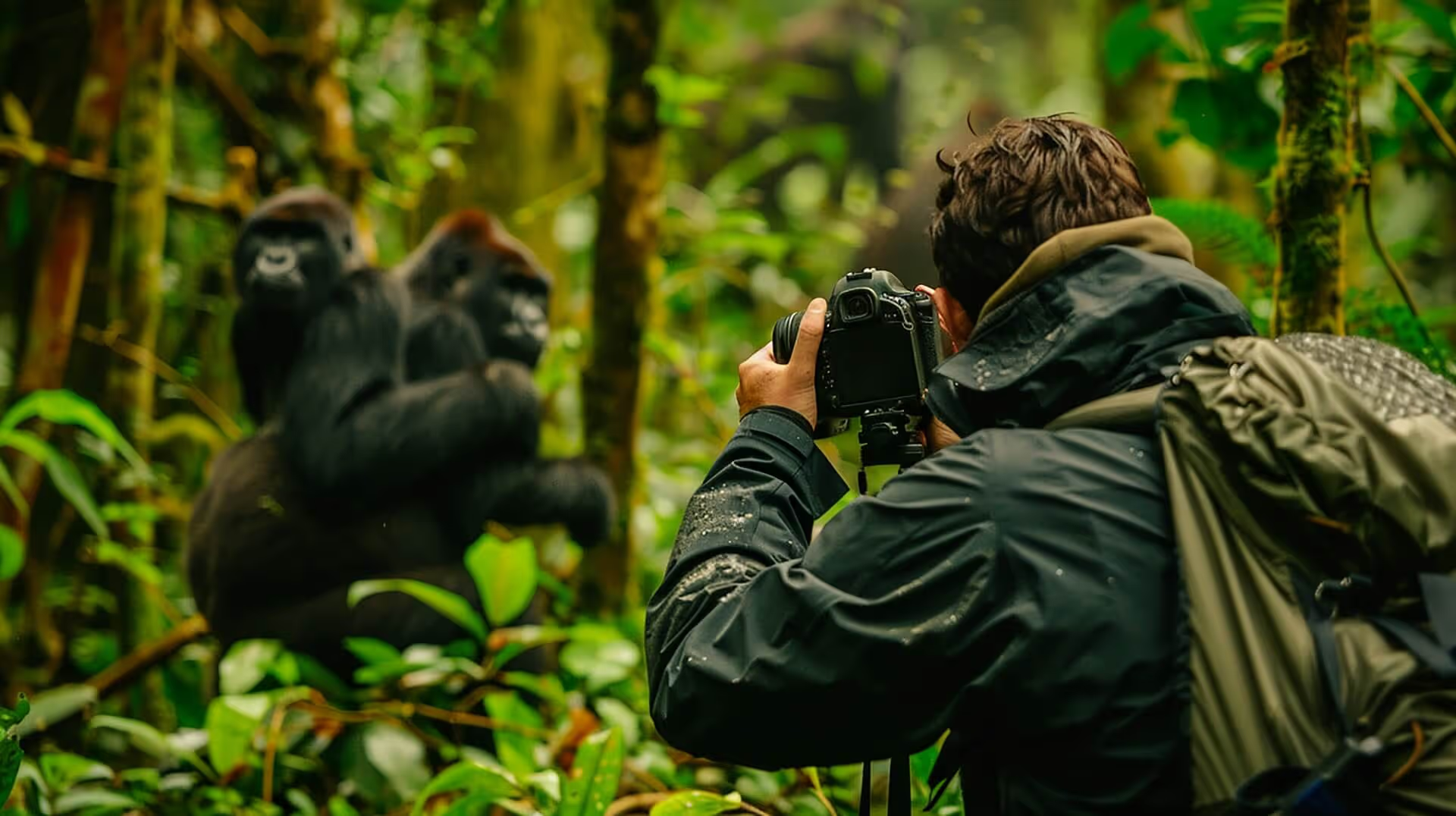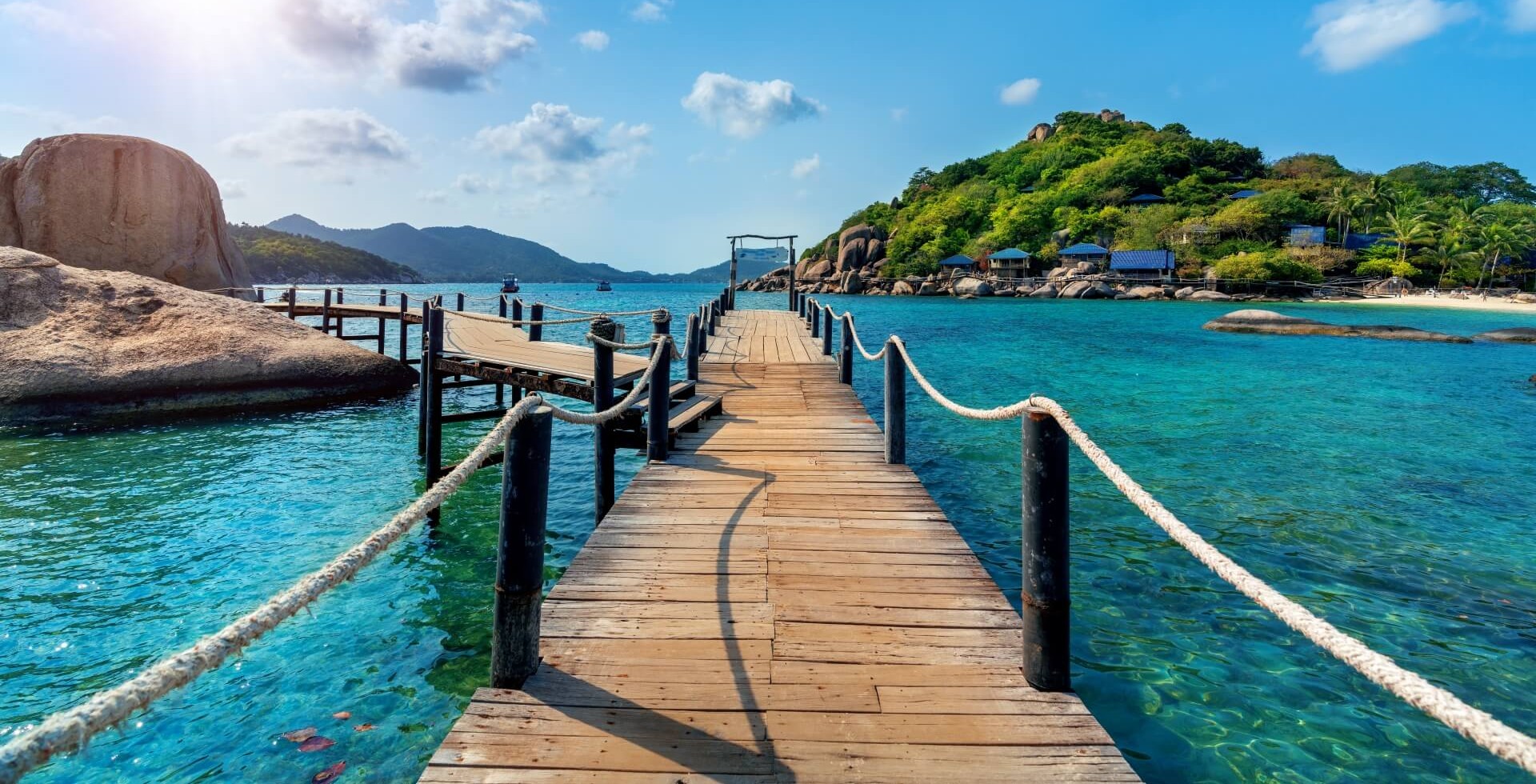Content marketing is an essential part of any marketing plan for the travel industry, but it often gets overlooked. In this article we’ll take a closer look at exactly what it is, why it’s important, and how you can strategize to make the best possible content marketing strategy for your travel or tourism business.
What is travel content marketing?
This term is used to refer to content marketing specifically for the travel and tourism industries. Content marketing is when you use web-based content (which may include social media marketing) to enhance your digital marketing strategy.
In some industries, content marketing may be basically the only form of marketing practised today. In the travel industry, it is one of the main pillars used, since many people rely on the internet and social media platforms to help them find the products and services they want.
The Importance of content marketing in the travel industry
In recent years, the travel industry has experienced significant change thanks to the rise of automated and digital technology. Increasing reliance on the internet has given people access to far more information, and made the marketing landscape more competitive.
As a result, travel brands had to evolve and adapt to meet the current needs of their target audience. Largely, this has meant turning to marketing strategies like content marketing instead of more traditional avenues.
Travel brands started creating and distributing different types of content, ranging from written content to images and videos. As long as the content is both valuable and relevant, these brands can attract their target audience. This allows them to engage with the people they most wish to and establish a reputation as leaders in the industry.
Benefits of content marketing for the travel industry
There are numerous benefits to using this kind of content strategy as a travel business. Some of these may include the following:
- Increased Brand Awareness: Through the careful creation and consistent delivery of engaging, high-quality content, brands can reach a wider audience. This, in turn, can lead to better brand recognition, better visibility, and even an increase in trust and perceived authenticity among the target audience.
- Improved Search Engine Optimisation (SEO): With any type of web-based activity today, Search Engine Optimisation (SEO) is an essential part of the process. Without it, you can struggle to be accessible to the people you’re hoping to encounter. Content marketing plays a critical role in building and maintaining a company’s SEO. By creating engaging content that incorporates relevant keywords, travel businesses can increase their visibility and grow organically.
- Higher Conversion Rates: When you practise good content marketing, it can help to guide your potential clients through the different parts of the sales funnel. Using content in their marketing campaigns allows travel brands to address pain points, build trust and encourage customers to take desirable actions like booking a trip or registering for loyalty programs.
- Thought Leadership: By staying up-to-date with the latest industry trends, knowledge,and expert insights, travel brands can establish themselves as thought leaders in the industry. This helps them to establish credibility and attract more customers looking to work with well-informed brands and agencies.
- Enhanced Customer Engagement: Content marketing offers an excellent opportunity for travel brands and tourism companies to engage with their customers and potential customers. Improved engagement through comment responses, discussion participations, and encouraging users to otherwise engage with a brand, can help to foster a sense of community and loyalty among their audience.
Today’s competitive travel marketing industry means that content marketing has become a necessity. Through the careful use of this kind of marketing, travel brands can easily bring themselves to the fore of the industry.
Planning a travel content strategy
Whenever you’re working on the marketing for your brand, it’s important to have a good brand strategy. In the case of marketing using content, this involves a wide array of different steps. Below, we’ll take you through it step-by-step.
Step 1: Identifying the target audience
The first thing you need to do is identify your target audience so you can learn to understand them properly. You need to learn about their needs, interests, and pain points, allowing you to create content that resonates with them and drives your user engagement.
But how do you do this kind of market research? We’ve narrowed it down to two main aspects:
- Create buyer personas: The first step is to develop detailed profiles of your target customers. These should be as detailed as possible, including everything from their demographics to their psychological tendencies, and ideal behaviours. By knowing exactly who you want to reach, you can create content that appeals to those specific people.
- Conduct market research: Market research is an essential part of the process, with tools like surveys, focus groups, and analytics becoming invaluable to help you gain insight into your target audience's preferences, habits, and pain points. These kinds of insights can help you understand their pain points, their desires, and the topics that attract them.
Step 2: Researching competitors' content strategies
The next step is to see how your closest, and most successful, competitors run their campaigns. Analysing their content provides valuable insight into industry trends, best practices, and potential gaps in the market.
Fortunately, this is a relatively straightforward process. First, you need to identify your main competitors. Pay careful attention to the specific niche that you focus on, to find your closest competitors. You don’t only want to look for the successful ones. Some of the ones that don’t do well can provide invaluable insight into what doesn’t work well.
Next, analyse their content, evaluating the quality, the quantity, how often they post, and which kinds of content they’re producing. Once, you’ve looked through, and classified, their content, start looking for content gaps. These may be any areas where your competitors fall short. This may mean a shortage of certain content types, or a focus on outdated topics.
Step 3: Setting clear goals and objectives
With any marketing strategy, setting clearly defined objectives is essential. It’s also important to set KPIs so you can measure whether or not you’re accomplishing any of your goals.
This too, isn’t particularly difficult. First, define your objectives and determine what you’re trying to accomplish. Examples include increasing website traffic, generating leads, or boosting conversions.
When setting goals, it’s important to ensure that they’re specific, measurable, achievable, relevant, and time-bound. This will help keep you accountable during the process. Finally ensure that your goals align with the business objectives you’re trying to reach
Step 4: Developing a content calendar
Once you’ve done the basic research, it’s time to start developing a content calendar for your brand or business. This is a valuable tool for planning and organising your content creation efforts, and will help you ensure that you remain consistent and don’t miss potential marketing opportunities. Scheduling content can also save time and money.
Here’s a quick step-by-step to help you set up your content calendar.
- Identify key dates and events: Consider any essential dates in your industry or niche, as well as school holidays, bank holidays, and other times when marketing would be a good idea.
- Schedule content types: It’s important to decide which kinds of content you’re planning on making and using. Some options include blog posts, videos, social media posts, and infographics.
- Allocate resources: Once you know which content you need and when, it’s time to ensure that you allocate the necessary resources and deadlines to team members so they can create the content by the needed dates.
- Review and adjust: As time goes by, and your strategies evolve, you’ll need to review and adjust the calendar. You should do this every couple of weeks, and check content weekly before it goes out.
Step 5: Creating engaging travel content
Once everything is planned and ready, you can start creating your engaging travel content. Earlier on, during your market and audience research, you’ll have discovered which types of content your audience prefers. It’s best to diversify as much as possible within that framework.

Below, we’ll briefly mention a few different types of content and how they work.
- Blog posts are an excellent way to provide long-form content. Ensure that you use them to provide value, like in-depth information, tips, and advice on travel destinations, experiences, and planning.
- Videos are a creative and engaging way to interact with viewers. It’s a great way to showcase destinations, share travel trips, and offer a behind-the-scenes look at some of your offerings.
- Social media posts on platforms like Instagram, Facebook, and Twitter are fantastic ways to share short-form content. You can keep it fun and engaging, or simply use it to share short travel trips and other informative content.
- Infographics are great tools that help you to present complex information in a visually appealing and easily digestible format.
- Ebooks and guides can help you to offer valuable resources for travellers, such as destination guides or packing checklists.
Step 6: Tips for creating high-quality, engaging content
Let’s take a look at some things you can do to help you make more engaging content.
First, use your knowledge about your target audience to tailor your content to their interests and needs.
Second, incorporate storytelling to help you create emotional connections and make your content stand out. It will also act to make your content more memorable.
As with any marketing strategy, it’s also important to incorporate high-quality visuals that will help enhance the appeal of your content.
Finally, with any type of written content (including social media post descriptions), remember to incorporate SEO and CTAs. Optimising content for relevant keywords, and prompting viewers to take certain desirable actions can help improve conversions and boost rankings.
Step 7: The importance of storytelling in travel content
Storytelling and travel marketing go hand in hand, with storytelling being a powerful tool for connecting with audiences and making content more memorable. By sharing personal experiences, local insights, and cultural perspectives, you can help your audience to experience and envision experiences and places that they’ve never thought of before.
One of the best ways of accomplishing this is to create immersive experiences that incorporate vivid descriptions, sensory details, and high-quality imagery. This will help readers to visualise the places and experiences that you’re talking about.
Other excellent ways of incorporating storytelling include sharing your own travel stories, and highlighting unique stories around the destinations and experiences you have to offer. For example, you could highlight the stories that other people have experienced on one of your tours, or you could share some of the folklore and legends surrounding a destination.
Step 8: Optimising content for search engines
With any type of content marketing, you need to stay up to date with the latest in Search Engine Optimisation (SEO). This is an essential step for increasing visibility and making it easier for potential clients to find you.
This process consists of a few main elements. First, you need to identify relevant keywords that your target audience is searching for. Keyword research is essential for visibility and attracting organic traffic.
Next, you need to optimise all the on-page elements, ensuring that you use the keywords you’ve found in main elements like the headers, meta description, and periodically throughout the body text.
However, that doesn’t mean that you can slack on content quality. If you want to rank well, you need to ensure that you’re consistently creating valuable, informative, and engaging content.
Finally, keep tracking your website’s performance and adjust your SEO strategy as needed.
Promoting and distributing travel content
There are many different ways of promoting and distributing your travel content. Below, we’ll discuss a few of them.

Utilising social media platforms
There are many excellent ways of promoting your content, but social media platforms are some of the most powerful. That said, to reach your target audience and distribute your travel content effectively, you need to identify and leverage the right platforms.
Different platforms serve different preferences and demographics, so market research is essential to help you learn which platforms to target. Once you’ve discovered and chosen the appropriate platforms, focus on producing the kind of content that prospers on that platform.
For instance, using blog posts to reach Instagram followers will likely be ineffective. Instead, you should focus on using visuals, storytelling, and valuable information to capture their attention and encourage interaction with your account.
Another way of leveraging social media to better effect is to build a strong community. The key here is to be as responsive as possible. Respond to comments, messages, and mentions promptly, and focus on fostering authentic connections with followers.
Leveraging influencer marketing
Some people have a knack for reaching and interacting with travellers of a certain demographic. These people are known as travel influencers. If you’re trying to break into the market on a certain platform, it’s well worth considering cooperation with influencers.
They can endorse your products, amplify your content’s reach, and provide valuable information and feedback. When choosing which influencers to work with, try to focus on those that align with your own target audience.
As with your followers, you should try to build authentic relationships with influencers. You can offer them exclusive opportunities, for instance, provide valuable resources or collaborate on content creation.
Repurposing and republishing content
Another excellent way to maximise your content’s reach is by repurposing. Doing so can help you reach new audiences, make your content more evergreen, and save time and effort on creating new content.
Some excellent ways to accomplish this include turning blog posts into videos or infographics. Repurposing infographics as posts on social media, adapting blog posts into podcasts and vice versa, and transforming webinars into other forms of content
Conclusion
As you can see, content marketing is an integral part of travel and tourism marketing. It may sound complex, but it’s a relatively straightforward endeavour. As long as you do base research, and remain consistent in producing valuable content, you can practise content marketing with ease.And if you’d rather have help with your travel and tourism marketing, you can rely on us. From SEO to content and digital marketing, we have the experience and expertise you need to make a success of your marketing.




